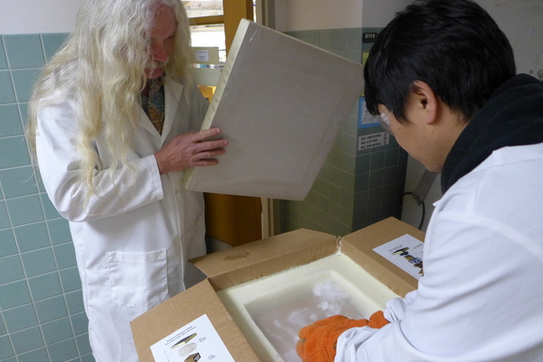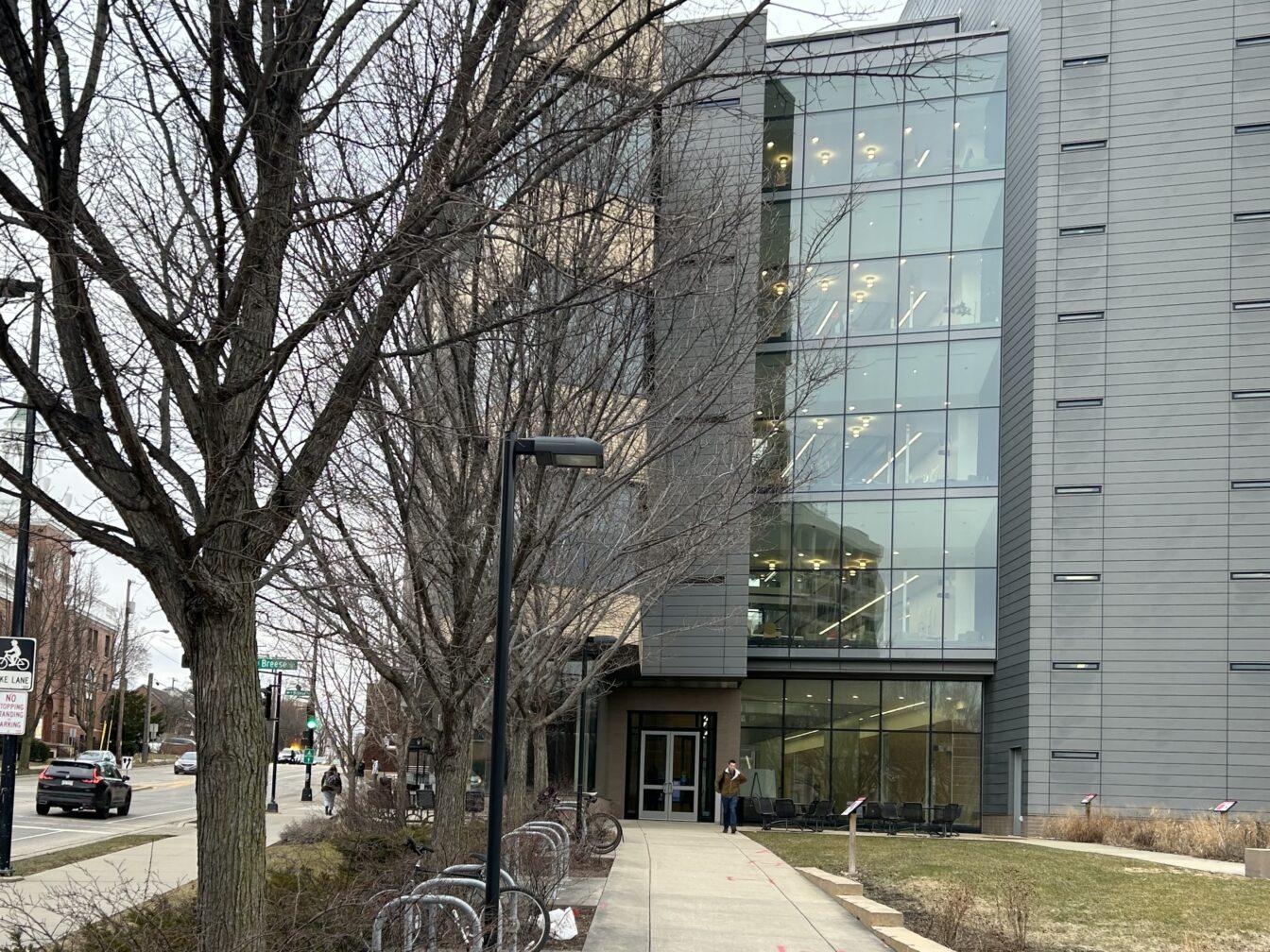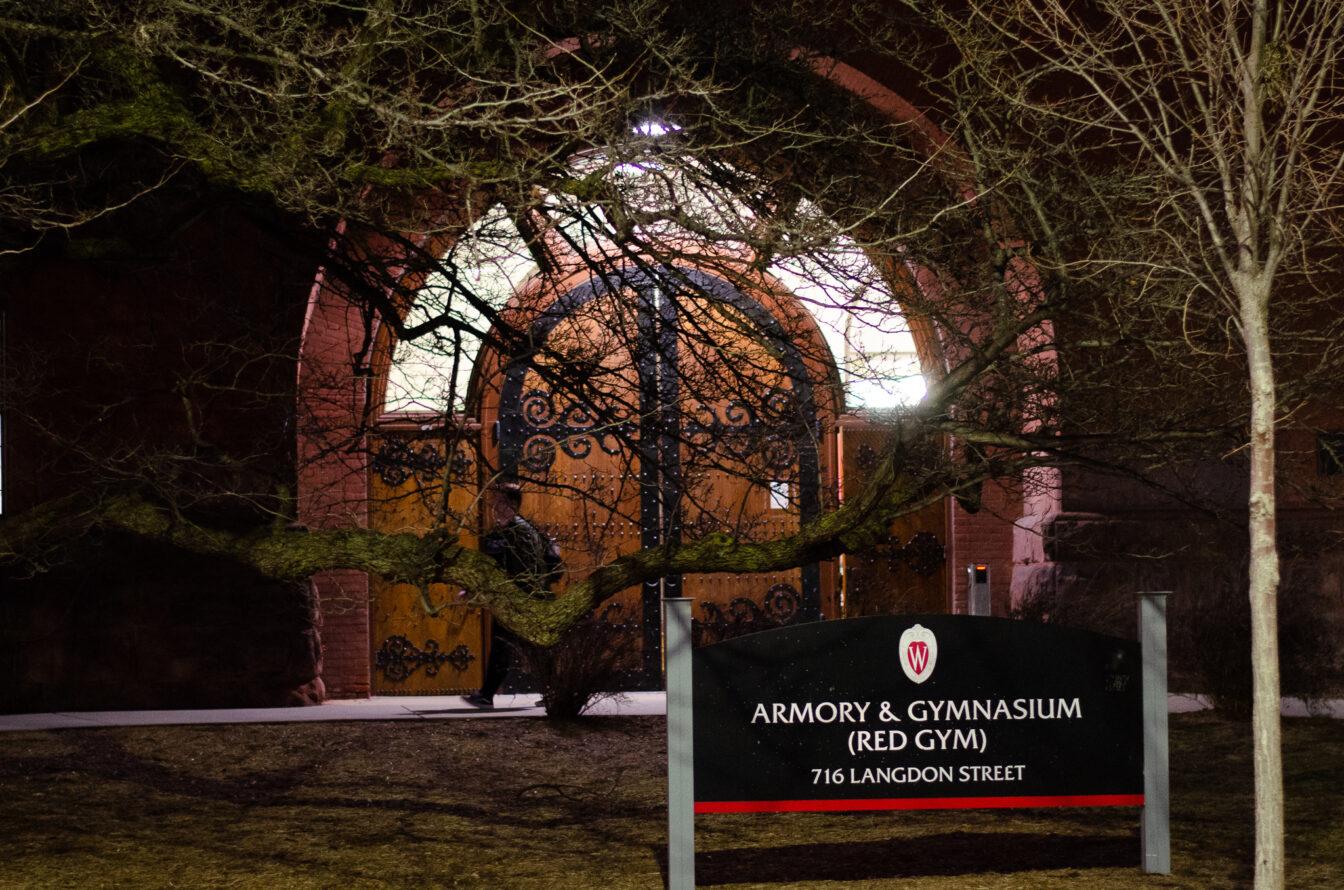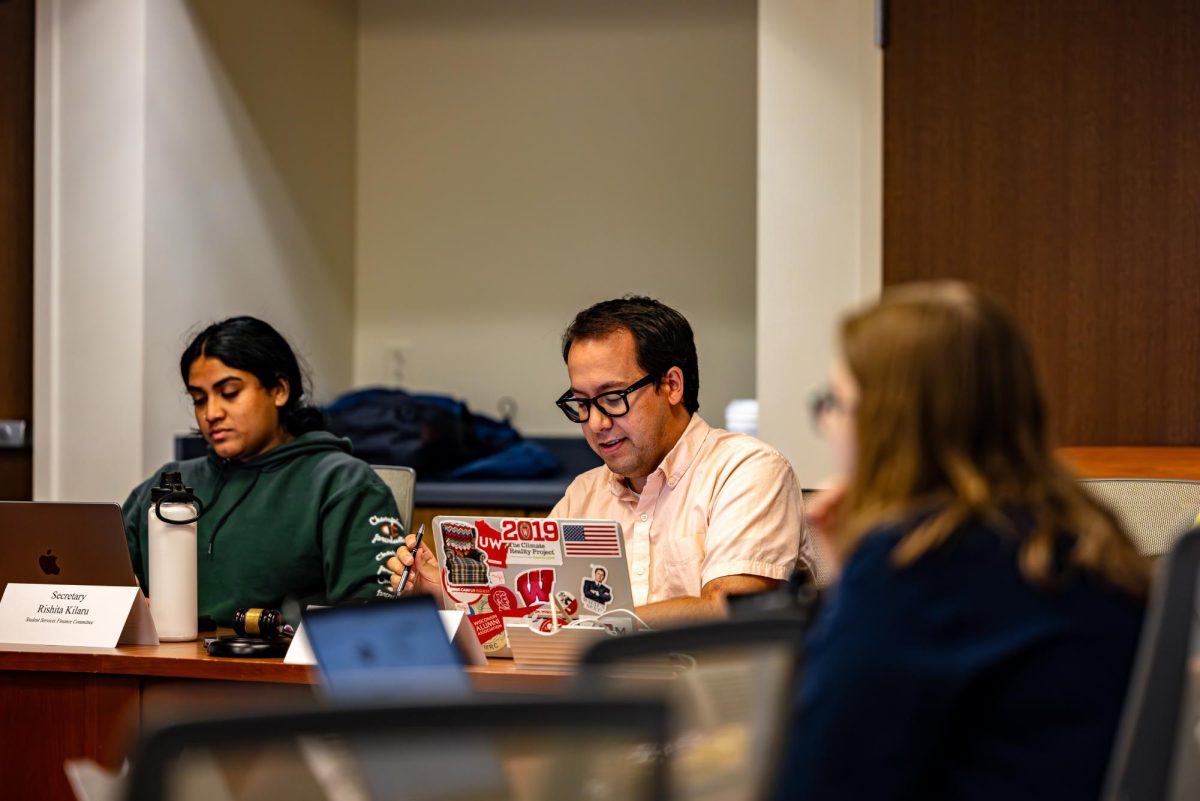Simon Gilroy and his team of researchers from University of Wisconsin’s botany lab recently welcomed the delivery of over 1,000 plant seedlings from the International Space Station.
In the experiment funded through a grant by NASA, Gilroy’s team is first seeking to understand the alterations in genetic control in plants that grow in a microgravity environment. The second component of the team’s experiment, dubbed by NASA as geneLAB, is a program in which Gilroy’s team will publish raw data consisting of patterns of genes in the plants that grew in space.
Gilroy said he views plant research in space as the key to understanding how they function on earth.
“[What we want to know is] what happens when you remove gravity, because that might give us the mechanism that plants on the ground use to weigh themselves and respond to gravitational forces,” Gilroy said.
According to his research team, the plants grown in space, which consist of the four most common types used in biology research, will be frozen and their RNA will be extracted for analysis. The time required for the extraction and analysis of RNA will take roughly three to six months, when the data set will become available to the public using a new “open source” method.
Even though this is Gilroy’s team’s second time sending plants to the International Space Station, it is the first time that the team’s raw data will be made public for any interested party to use. For Gilroy, open source research is the way of the future for scientific research, because many new experiments have massive amounts of data that can best be analyzed with many researchers who can contribute in different ways.
“We upload [the results] to the web so that anyone can have access to them. Every lab will analyze them in a slightly different way. There may be somebody out there who isn’t working in space science who may have a fantastic idea about how to mine the huge data set. They will be able to get the information just like someone from NASA,” Gilroy said.
While more work has to be done in order to make the data available to the public, Gilroy said it’s worth it.
The team’s collaboration with NASA was a good experience, Won-Gyu Choi, the co-principle investigator on Gilroy’s team, said.
“NASA is pretty friendly and helpful. They are there to encourage investors to look at how biology works under microgravity conditions,” Choi said.
The team wants to share their knowledge and information with the public and help other research teams who do not have the same opportunities as they do, Choi said.
Regardless of all the information the team has collected, there is still research to be done, Gilroy said.
“There are huge unanswered questions. I could map out 100 years of scientific research to tell you what happens in space. There is an enormous amount that we don’t know,” Gilroy said.





















